Filter by
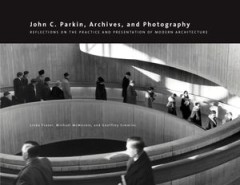
John C. Parkin, Archives and Photography Reflections on the Practice and Pres…
Architectural practice in post-World War II Canada brought substantial change to the face of the Canadian built environment, led by the contribution of John C. Parkin. As senior partner at the Toronto-based architectural firm John B. Parkin Associates (no relation) from 1947 to the 1970s, Parkin oversaw the creation of a large number of modernist projects, including hospitals, airports, schools…
- Edition
- -
- ISBN/ISSN
- 9781552386392
- Collation
- -
- Series Title
- -
- Call Number
- 720 FRA j
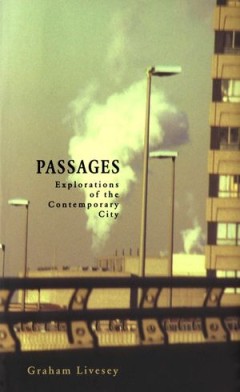
Passages Explorations of the Contemporary City
Informed by the work of writers such as Henri Lefebvre, Paul Ricoeur and Michel de Certeau, this collection of essays examines through multiple lenses eight topics related to the contemporary urban domain. The author employs powerful geographic and literary concepts such as space, narrative, and metaphor to interpret the often-bewildering complexity of the post-modern city. Recalling key aspect…
- Edition
- -
- ISBN/ISSN
- 9781552386750
- Collation
- -
- Series Title
- -
- Call Number
- 720 LIV p
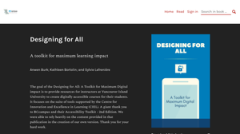
Designing for All : A toolkit for maximum learning impact
The goal of the Designing for All: A Toolkit for Maximum Digital impact is to provide resources for instructors at Vancouver Island University to create digitally accessible courses for their students. It focuses on the suite of tools supported by the Centre for Innovation and Excellence in Learning (CIEL). A giant thank you to BCcampus and their Accessibility Toolkit - 2nd Edition. We were abl…
- Edition
- -
- ISBN/ISSN
- -
- Collation
- -
- Series Title
- -
- Call Number
- 370 BUR d
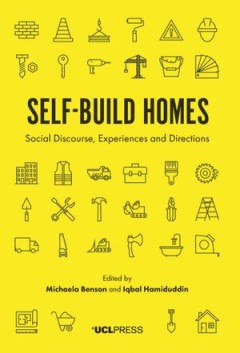
Self-Build Homes : Social Discourse, Experiences and Directions
Self-Build Homes connects the burgeoning interdisciplinary research on self-build with commentary from leading international figures in the self-build and wider housing sector. Through their focus on community, dwelling, home and identity, the chapters explore the various meanings of self-build housing, encouraging new directions for discussions about self-building and calling for the recogniti…
- Edition
- -
- ISBN/ISSN
- 9781911576877
- Collation
- 316 halaman
- Series Title
- -
- Call Number
- 720 BEN s

Big Box Reuse
What happens to the landscape, to community, and to the population when vacated big box stores are turned into community centers, churches, schools, and libraries? America is becoming a container landscape of big boxes connected by highways. When a big box store upsizes to an even bigger box “supercenter” down the road, it leaves behind more than the vacant shell of a retail operation; i…
- Edition
- -
- ISBN/ISSN
- 9780262270267
- Collation
- -
- Series Title
- -
- Call Number
- -

Nurturing Dreams: Collected Essays on Architecture and the City
Unavailable as a collection until now, these essays document both the intellectual journey of one of the world's leading architects and a critical period in the evolution of architectural thought. Born in Tokyo, educated in Japan and the United States, and principal of an internationally acclaimed architectural practice, celebrated architect Fumihiko Maki brings to his writings on architectu…
- Edition
- -
- ISBN/ISSN
- 9780262278911
- Collation
- -
- Series Title
- -
- Call Number
- -
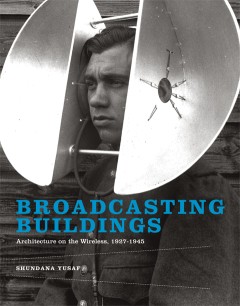
Broadcasting Buildings: Architecture on the Wireless, 1927-1945
How the BBC shaped popular perceptions of architecture and placed them at the heart of debates over participatory democracy. In the years between the world wars, millions of people heard the world through a box on the dresser. In Britain, radio listeners relied on the British Broadcasting Corporation for information on everything from interior decoration to Hitler's rise to power. One subjec…
- Edition
- -
- ISBN/ISSN
- 9780262321631
- Collation
- -
- Series Title
- -
- Call Number
- -

Megalopolis: The Urbanized Northeastern Seaboard of the United States
- Edition
- -
- ISBN/ISSN
- 9780262367936
- Collation
- -
- Series Title
- -
- Call Number
- -
- Edition
- -
- ISBN/ISSN
- 9780262367936
- Collation
- -
- Series Title
- -
- Call Number
- -
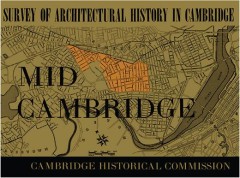
Survey of Architectural History in Cambridge, Volume 2: Mid-Cambridge
- Edition
- -
- ISBN/ISSN
- 9780262367929
- Collation
- -
- Series Title
- -
- Call Number
- -
- Edition
- -
- ISBN/ISSN
- 9780262367929
- Collation
- -
- Series Title
- -
- Call Number
- -
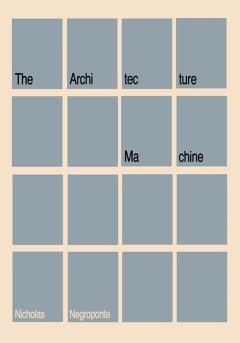
The Architecture Machine: Toward a More Human Environment
- Edition
- -
- ISBN/ISSN
- 9780262368063
- Collation
- -
- Series Title
- -
- Call Number
- -
- Edition
- -
- ISBN/ISSN
- 9780262368063
- Collation
- -
- Series Title
- -
- Call Number
- -
 Computer Science, Information & General Works
Computer Science, Information & General Works  Philosophy & Psychology
Philosophy & Psychology  Religion
Religion  Social Sciences
Social Sciences  Language
Language  Pure Science
Pure Science  Applied Sciences
Applied Sciences  Art & Recreation
Art & Recreation  Literature
Literature  History & Geography
History & Geography